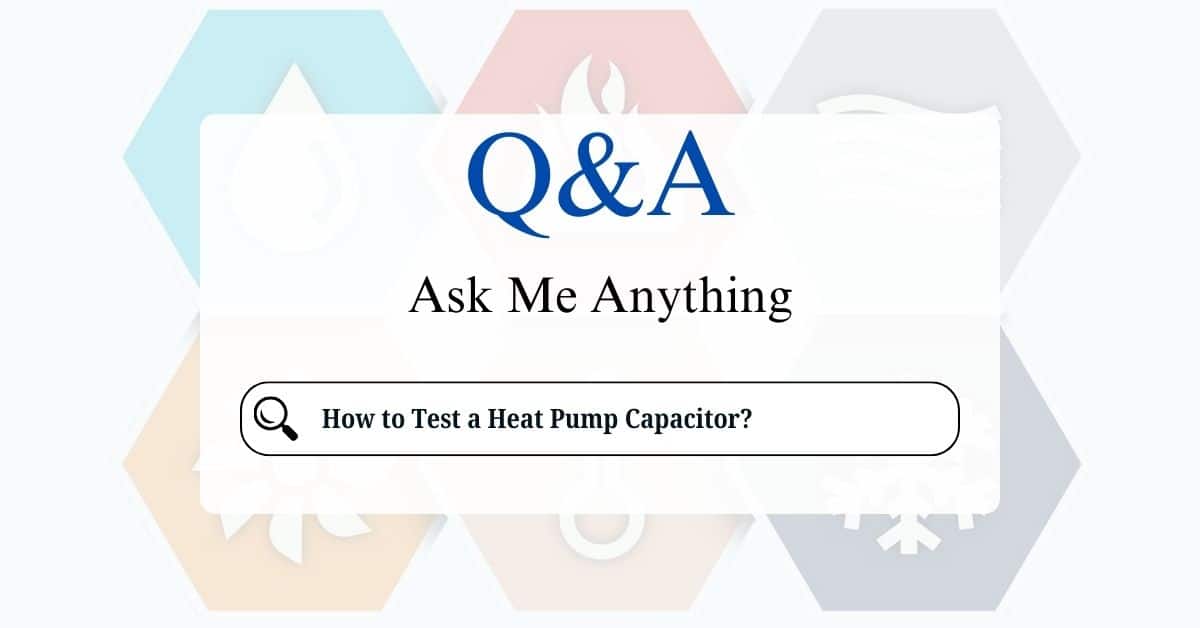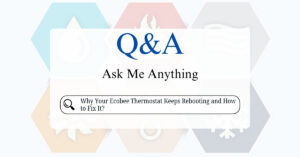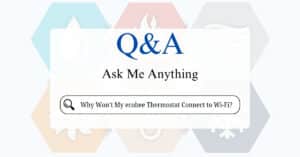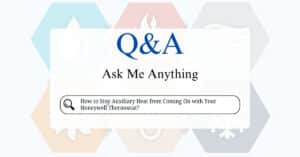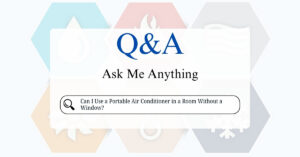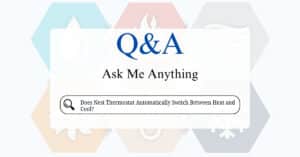Heat pumps rely on several key components to function efficiently, and the capacitor is one of them. Capacitors are like small batteries that provide the initial surge of power needed to start motors, such as the compressor and fan motors. If a capacitor fails, your heat pump might not start or run properly. This friendly guide will explain what capacitors do, how to recognize potential problems, and how to carefully test them.
Testing the capacitor is a straightforward process if you have the right tools and follow safety precautions.
1. Gather Tools
- Multimeter with capacitance testing capability
- Screwdriver
- Insulated gloves
- Safety goggles
2. Turn Off Power to the Heat Pump
Turn off the heat pump at the thermostat and shut off power at the circuit breaker to ensure safety.
- Use a voltage tester to confirm there’s no electrical current running to the unit.
3. Access the Capacitor
- Open the control panel using a screwdriver and locate the capacitor.
Locate the capacitor in the outdoor unit. It’s typically inside the electrical control panel. Look for a cylindrical or oval-shaped component with terminals marked C (common), HERM (compressor), and FAN.
4. Discharge the Capacitor
Before handling, discharge the capacitor to avoid electrical shock:
- Use an insulated screwdriver to bridge the terminals, ensuring any stored charge is safely released.
- Repeat this process for all terminals.
5. Inspect the Capacitor
- Look for visible signs of failure, such as:
- Bulging or swollen top.
- Corrosion or leaks around the terminals.
- A burnt smell or discoloration.
6. Test the Heat Pump Capacitor with a Multimeter
- Set the Multimeter: Set your multimeter to the capacitance testing mode (marked as µF).
- Disconnect the Wires: Remove the wires connected to the capacitor terminals, noting which wire goes where.
- Measure the Capacitance: Place the multimeter probes on the C (common) terminal and one of the other terminals (HERM or FAN). Record the reading. Repeat the process for the other terminal.
- Compare the Results: Compare the readings to the capacitor’s rated capacitance, printed on its label (e.g., 40/5 µF). A reading within 6%–10% of the rated value is typically acceptable. If the reading is out of range or shows “0,” the capacitor is faulty.
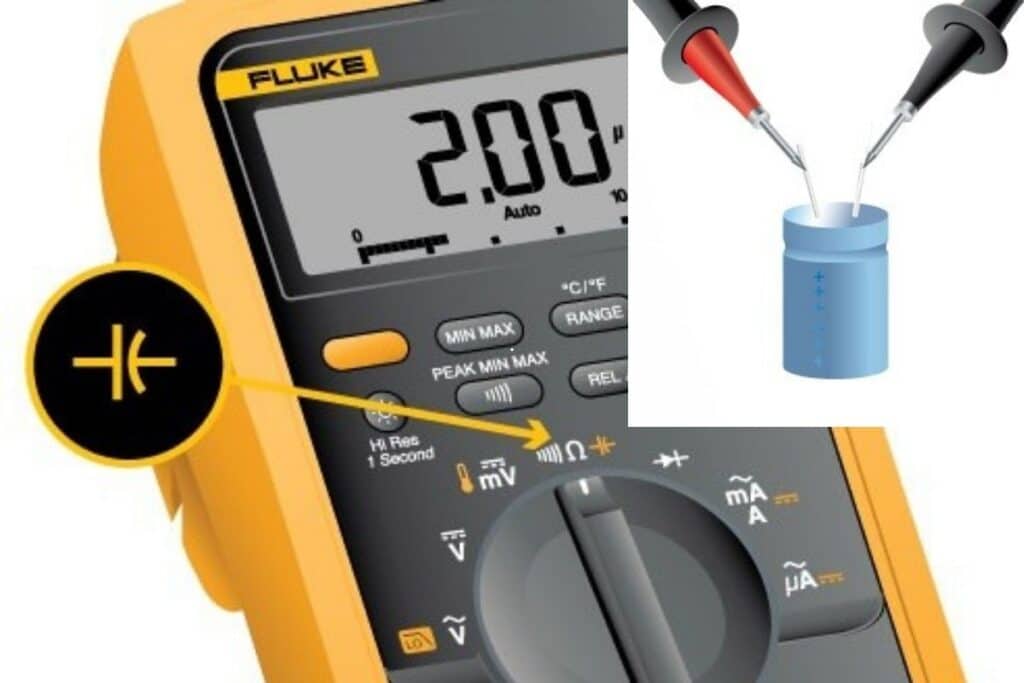
7. Replace the Capacitor if Necessary
- Purchase a replacement capacitor with the exact same specifications (voltage and capacitance).
- Install the new capacitor by reconnecting the wires to the appropriate terminals (C, HERM, and FAN).
- Secure the capacitor in place and close the control panel.
8. Restore Power and Test the System
- Turn the power back on at the circuit breaker and set the thermostat to the desired mode.
Check that the heat pump operates correctly, with the compressor and fan starting without issues.
Important Safety Precautions Before Testing:
- Turn Off the Power: Absolutely crucial. Before working on any electrical components, turn off the power to the heat pump at the circuit breaker. This is essential to prevent electric shock.
- Discharge the Capacitor: Capacitors store electrical charge even after the power is turned off. You must discharge the capacitor before handling it.
What is a Capacitor and What Does It Do?
Capacitors store electrical energy and release it quickly to provide a boost to motors. In a heat pump, they’re crucial for:
- Starting the Compressor: The compressor is the heart of the heat pump, and it requires a strong initial jolt of power to start. The capacitor provides this jolt.
- Starting Fan Motors: Capacitors also help start the fan motors in both the indoor and outdoor units.
Signs of a Bad Capacitor
A failing capacitor can cause several noticeable issues:
- Heat Pump Not Starting: This is the most common symptom. If your heat pump doesn’t turn on at all, a bad capacitor is a likely culprit.
- Humming Noise: You might hear a humming noise from the unit, indicating that the motor is trying to start but can’t get enough power.
- Fan Not Spinning: If the fan in either the indoor or outdoor unit isn’t spinning, a bad capacitor could be the cause.
- Unit Starts Slowly and Then Shuts Off: In some cases, the unit might start slowly and then shut off shortly after, indicating a weak capacitor.
When to Call a Professional:
- Uncomfortable with Electrical Work: If you’re not comfortable working with electrical components, it’s best to call a qualified HVAC technician.
- Unable to Discharge the Capacitor Safely: If you are unsure about how to safely discharge the capacitor, do not attempt to test it yourself. Contact a professional.
- Problem Persists After Replacing the Capacitor: If you replace the capacitor and the problem still persists, there may be another issue with your heat pump that requires professional diagnosis.
By following these steps, you can test and, if necessary, replace a faulty capacitor in your heat pump to restore its functionality.
